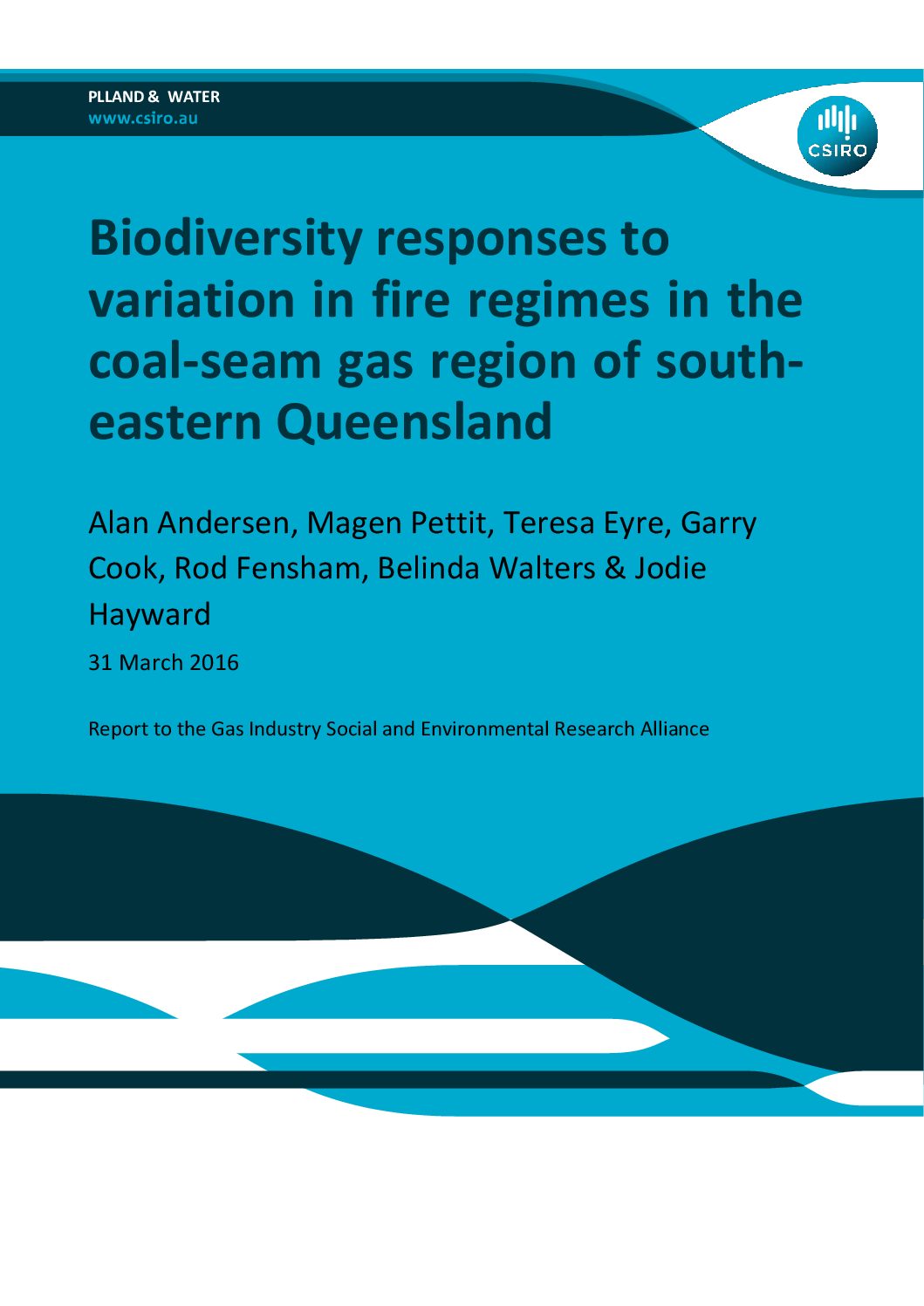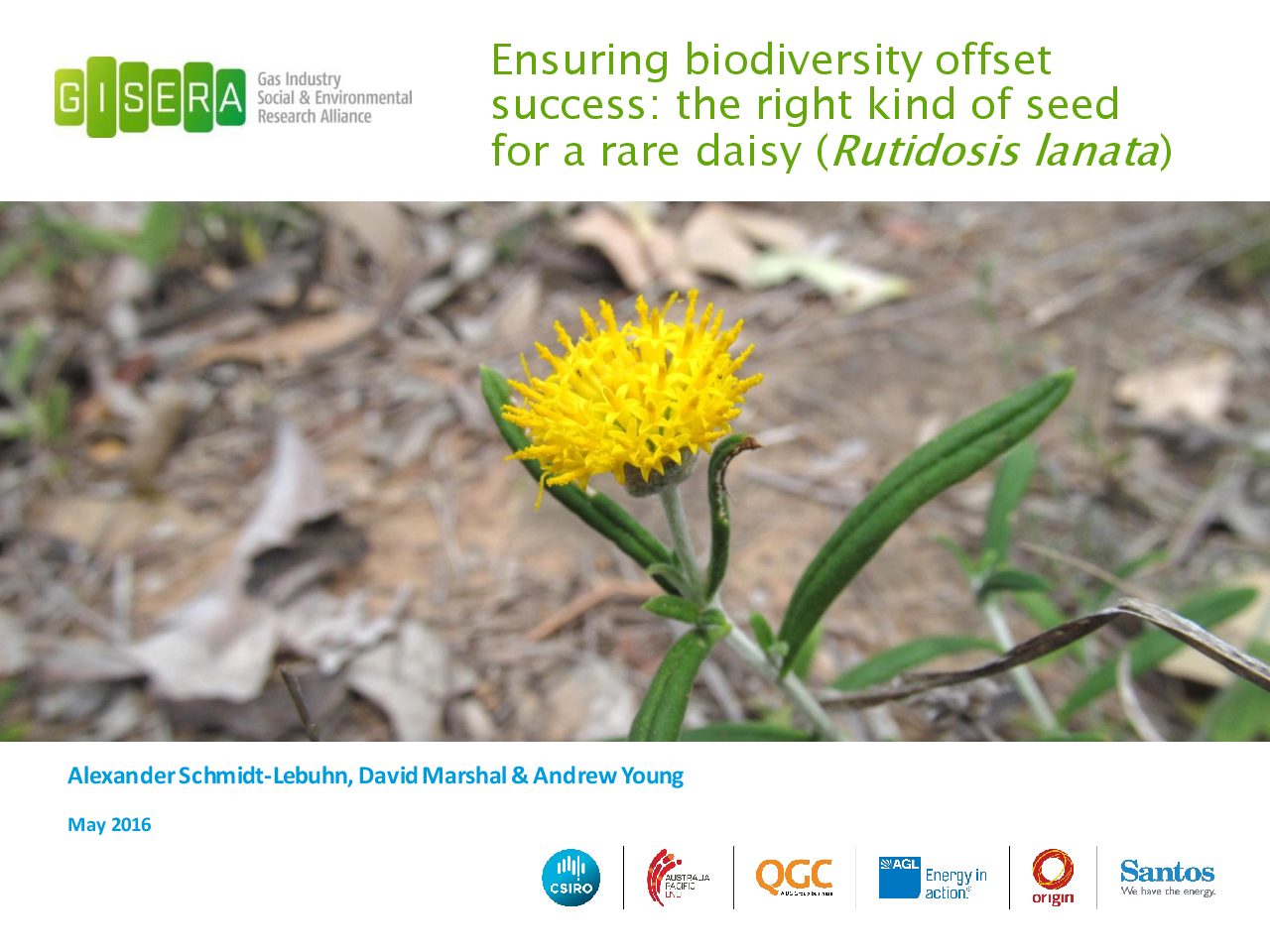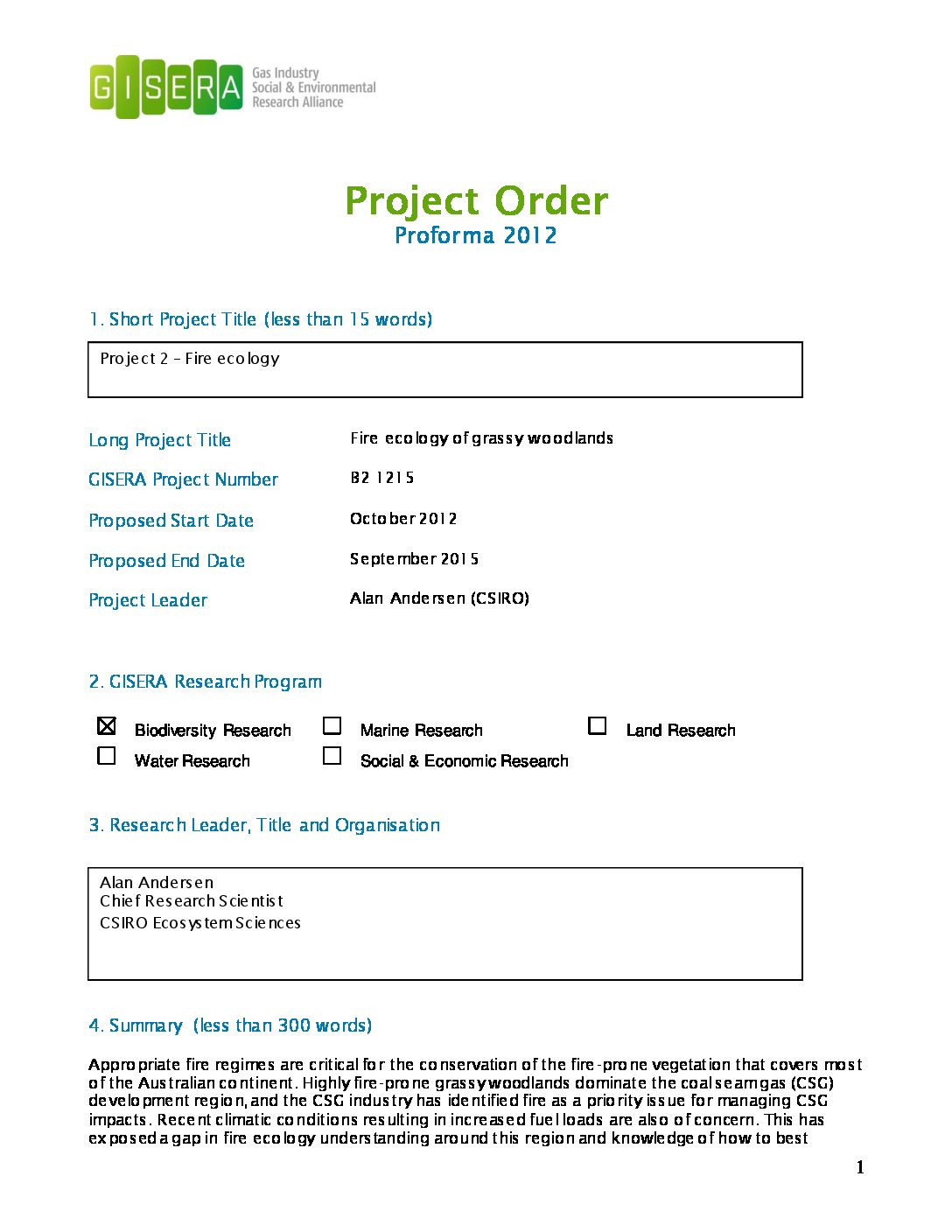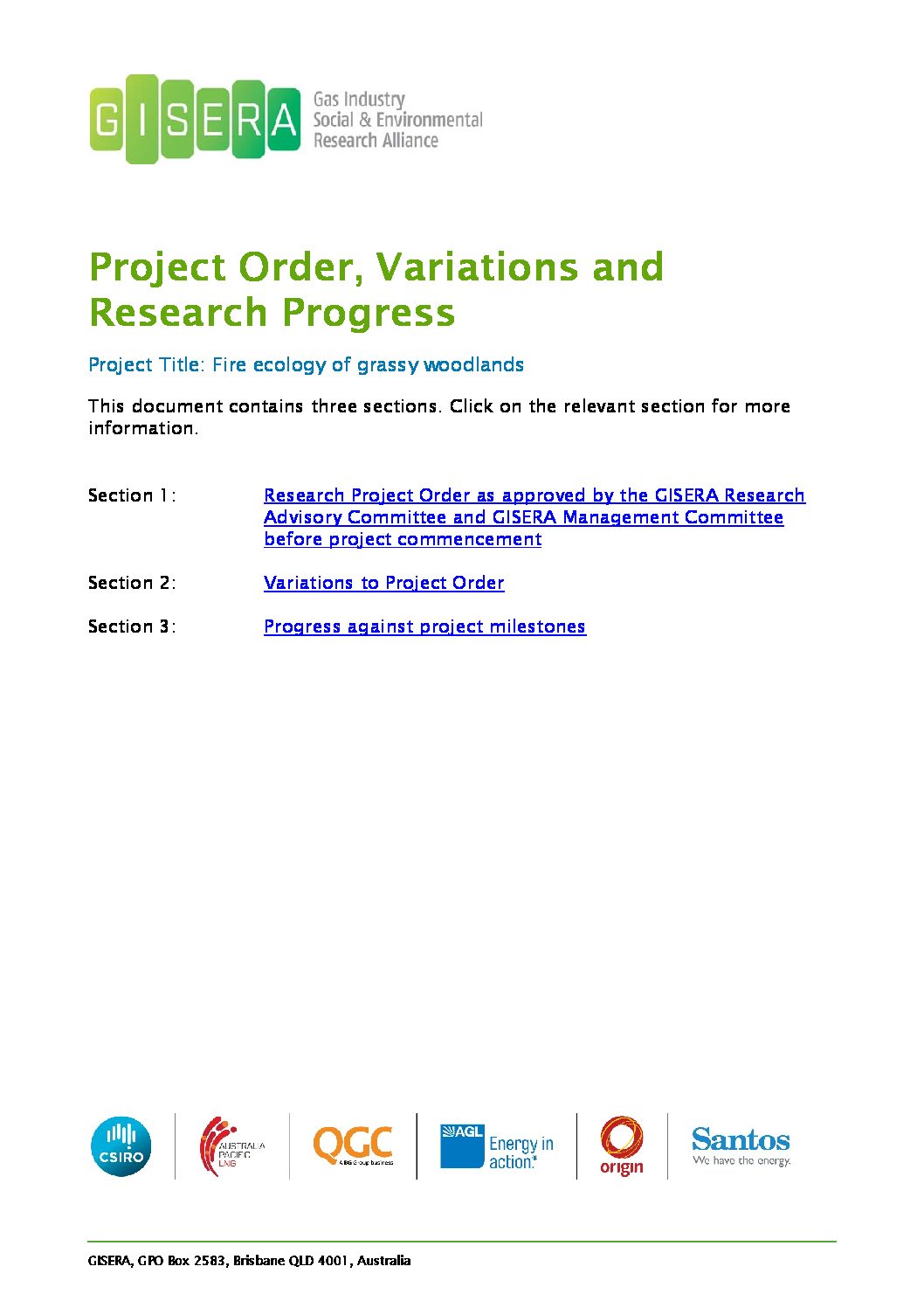Fire ecology of grassy woodlands
This study determined the sensitivity of the region’s flora and fauna to changed fire regimes, and the thresholds at which changed fire regimes cause substantial ecological impact.
The research provided advice on how to best manage the biodiversity impacts of altered fire regimes associated with CSG development.
Transcript for Collecting ants in coal seam gas development regions
[Title page appears: GISERA – Gas Industry Social &Environmental Research Alliance]
[Guitar music starts playing and the following text appears: Fire ecology of grassy woodlands – Research update. Image then changes to the camera panning around bush landscape, then changes to a bright coloured sign that reads: THIS GATE LOCKED TO COAL & GAS MINING]
[Image changes to Alan Andersen, Chief Research Scientist CSIRO Ecosystem Sciences]
Alan Anderson: There have been concerns that gas development in this region might change the patterns of fire that occur in these dominant grassy woodlands.
[Image changes to an aerial shot of a coal seam gas plant, then to a close up shot of the flame exhaust coming from the plant]
And so the aim of this project is to improve our understanding of how fire affects the abundance and distributions of the plants and animals in this region. [Image changes to charred smoky woodland, then to a wallaby standing in long grass, then to a goanna]
There are two components of our study. The first is to survey the plants and animals that occur in a range of these grassy woodland sites here in the Maranoa Region of south-western Queensland.
[Image changes to a close up shot of an ant being held, then a bearded dragon, then to scientists inspecting the ground at the base of a tree]
And see if we can detect an influence of past patterns of fire on the abundance and the composition.
[Image changes to Alan Andersen, then to a grassy woodland landscape]
And the second component is to use computer models to help us understand how changes in fire might change the abundance of the major tree species throughout the region.
[Image changes back to Alan Andersen]
In the survey part of our study we’re asking ourselves three questions. The first question is, to what extent does the long term history of fire at a site influence the plants and animals that are occurring here? And our second question is, not the long term history, but to what extent is it the time since the last fire that is influencing the plants and animals that are occurring here?
[Image changes to a scientist tying pink marking tape around a tree, image then changes to a bearded dragon sitting on a timber fence post, then back to Alan Andersen]
And our third question is how does just one single fire event influence the plants and animals?
[Image changes to scientists in discussion, then to a shot of a bushy landscape, image then changes back to Alan Andersen]
And to do that we’re lighting experimental fires.
[Image changes to a person lighting fire with a drip torch, then to show the bushland on fire]
Beforehand we’ve surveyed the plants and animals that occur there, and then we’ll go in after the fires and survey them again to see how they’ve been affected.
[Image changes to scientists entering information into a handheld device then back to Alan Andersen]
We’re collaborating with our colleagues at the Queensland Herbarium to sample all the plants, the lizards, the birds, the mammals, and my favourite group, ants.
[Image changes to a person holding an ant in their fingertips, then to an ant hole with ants crawling in and out, then back to Alan Andersen]
Ants might be very small, but they’re the dominant group of animals in these grassy woodlands. There’s hundreds of species of them. They play really important roles in the ecology of these woodlands, and they’re very widely used as bio-indicators of ecosystem health.
[Image changes to scientists pulling up in a 4WD and setting up pitfall traps on the back tray. Image then changes to scientists placing the pitfall traps into holes in the ground, then back to Alan Andersen]
We’re here today sampling the ants at our study sites, and the way we do that is use pitfall traps, little plastic containers that we partly fill with a green solution, to preserve them, and bury them into the ground, and wait for a couple of days, and the ants that are just running around on the ground just fall in. [Image changes to scientists collecting the traps out of the ground, image then changes back to Alan Andersen]
And then we pick up the ant, pick up the pitfall traps and take them back to the lab, where we’ll process them, and identify them, and analyse the data, and see the extent to which the differences in the ant species that are occurring at our sites can be explained by the differences in the fire that has occurred at these sites.
[Image changes to a computer monitor with GISERA website on the screen, images then change to various pages on the GISERA website, then back to Alan Andersen]
This is one of a number of biodiversity projects that are helping us understand how gas development might influence the plants and animals that are occurring in these regions, and it’s also improving our fundamental knowledge of the ecosystems of south-eastern Queensland.
[GISERA Gas Industry Social & Environmental Research Alliance logo appears]
[CSIRO and Australia Pacific LNG logos appear side by side]
[The following text appears: Additional footage courtesy of Australian Broadcasting Corporation “Landline”]
Collecting ants in coal seam gas development regions – GISERA video




